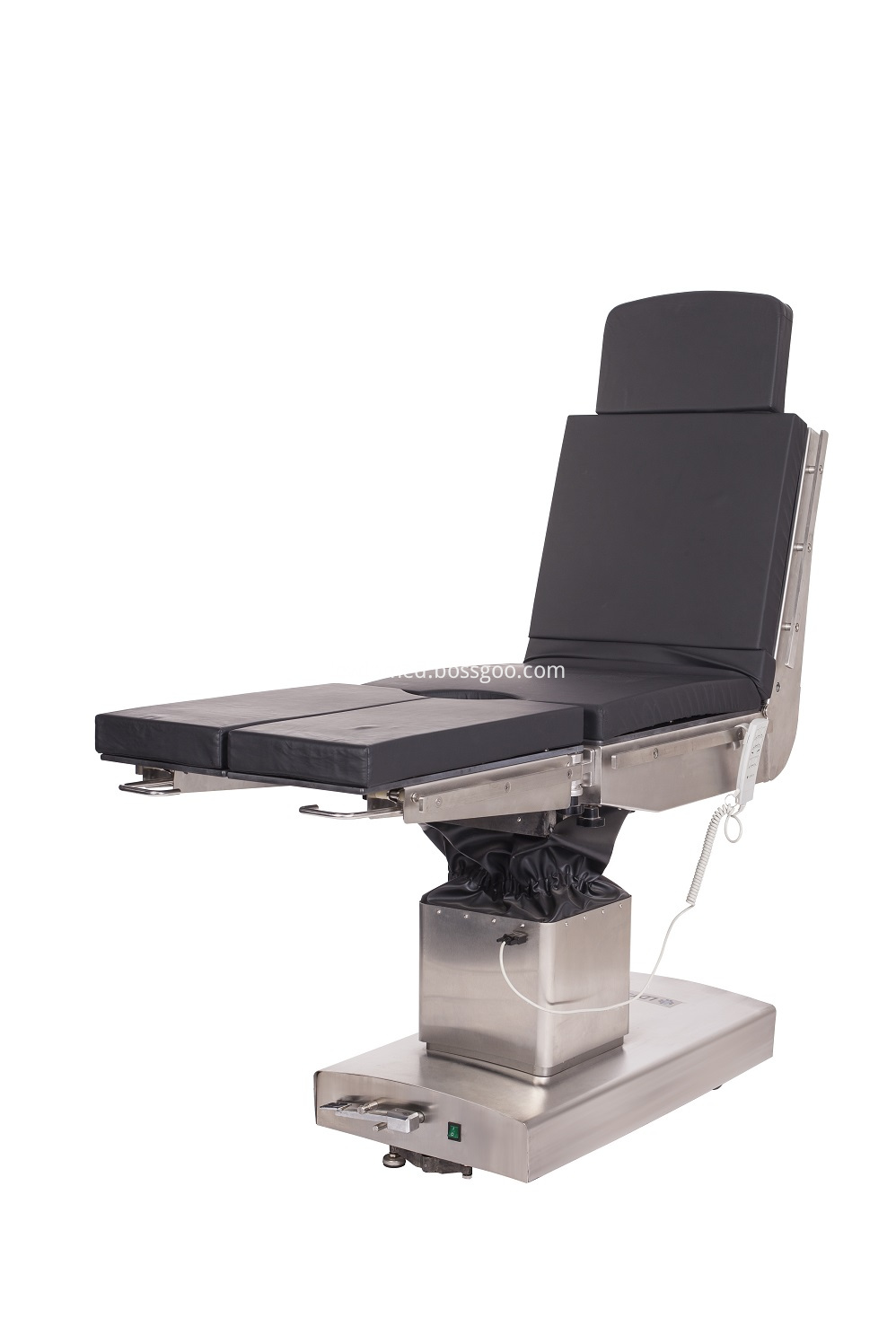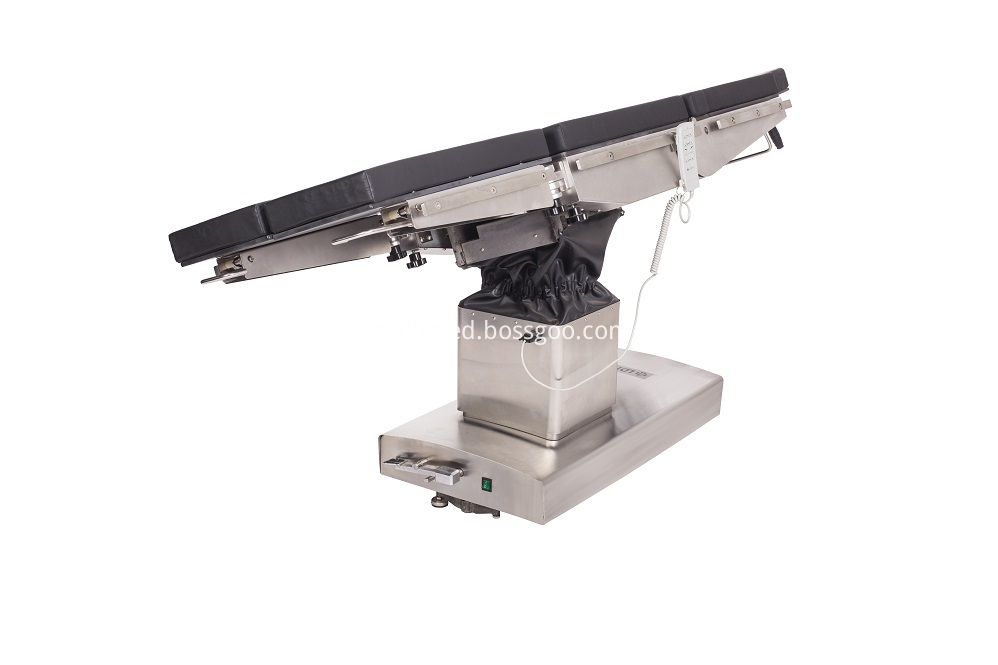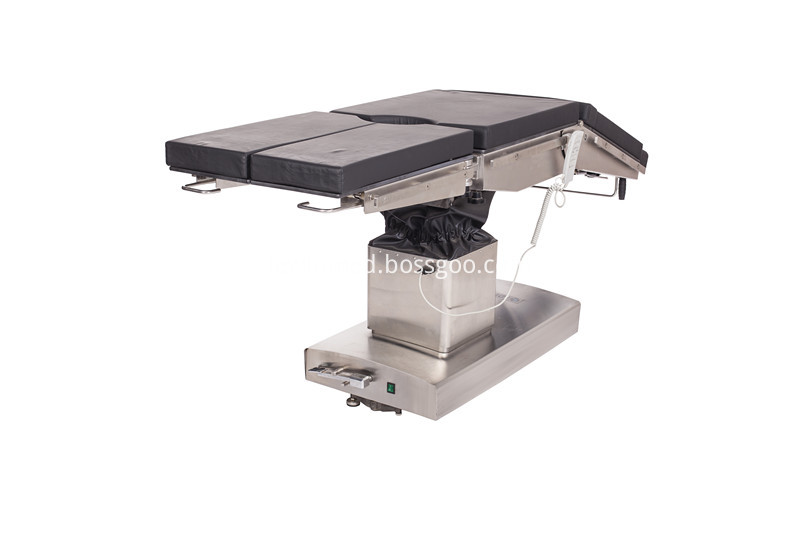Ecological chicken rearing
The choice of site is the key to feeding ecological chickens. Natural forests should be chosen. The natural secondary forest is better than the original forest. The broad-leaved forest is better than the coniferous forest. The natural forest is better than the artificial forest. If the conditions are available, the coniferous and broad-leaved mixed forest is the best choice. There is no major source of pollution within 30 km around the house. The terrain is relatively flat and open. The slope should not exceed 10 degrees. Choose a place where the leeward sun is sunny, the water source is sufficient, and the water intake is convenient. Selection Generally, males of the meat type, dual-use type, and egg type chickens are selected, and the chicken breeds can also be used as ecological broiler breeds, while the combined breeders are the best. However, nowadays, they usually use Roman cocks and three yellow chickens for feeding. Feeding management Brooding time The breeding of ecological chickens must choose a suitable brooding season in order to facilitate the grazing of ecological chickens. It is better to brood in March to May. The survival rate of broodstock is high during this period. By the middle chicken stage, due to suitable temperatures and long hours of outdoor activities, it can be fully exercised and exercised, resulting in strong physique, which is very beneficial to natural grazing, feeding and prevention of natural enemies in the future. Spring chicks are sexually mature and have long duration of egg production, especially chicks hatching in early spring. Brooding methods and bred brooding houses are calculated at 75 square meters per 1000 chickens. The temperature is 33°C~35°C, and it decreases by 1°C~2°C per week. After 4 to 5 weeks of feeding, the chicks can generally reach a weight of 0.4 kg. The chicken house is designed in an area of ​​1 square meter per chick. The surrounding area is preferably a playground surrounded by fences and plastic nets. When free-range farming is carried out, it is necessary to plant grasses in subdivisions or use chicks to feed freely. Train them to listen to sounds. After more than three weeks of training, the chicks have enhanced their ability to prey and prevent their natural enemies. They can then be distributed to forests, reservoirs, or meadows where they can eat grass, tender grass, catch insects, and freely move. A period of up to 15 weeks. Feeding can be gradually reduced from 5 times a day to 2 times in the feed. When feeding in the morning, feed less and feed more at night. Feed formulation Feeds fed on ecological chickens must be organic feed. Therefore, when planting ecological chicken feed ingredients, it must meet the requirements of organic foods; artificial feed animal feed must also be implemented in accordance with the standards for the production of organic foods. It is forbidden to add chemicals during the production of artificial feed to ensure the quality of ecological chickens. The quality of natural feeds depends on the natural environment. There are natural forages, mature fruit and various natural insects. Only ecological chickens have enough natural feed and nutrition to produce high-quality products with high nutritional value and nourishing properties. Anti-epidemic procedures Chickens were immunized with H120 nasal drops or eye drops at 7 days of age, 14-day old French bursal attenuated vaccine was used for immunization with first bursal disease, 21 days of age were immunized with H52, and 28-day old bursa vaccine was used. After the second immunization, immunization with Newcastle disease strain 1 was performed 2 months later. The prevention of tsutsugamushi disease in chicken tsutsugamushi mainly causes a decrease in egg production rate and slow growth of chickens in the clinic. Severe cases can cause death. Most diseased chickens have poor environmental hygiene and poor management. The severely infected chicks presented with diarrhea, loss of appetite, gradual weight loss, drooping wings, rough hair, anemia, impaired growth and development, and severe death. Therefore, we must strengthen management and do a good job in environmental sanitation. At the same time, drinking with complex vitamin B to promote digestion. In the process of stocking, it is necessary to prevent natural enemies from harming. Natural enemies mainly include eagles, weasels and bobcats. In the past few years, chicken farm statistics accounted for 1% of the natural loss rate. When chickens were stocked, the damage caused by natural enemies was above 60%. During this period, the weight of chickens was 0.5 to 1 kg and the economic losses were relatively large. Therefore, it is critical to improve safety and improve the survival rate of chickens during the stocking period. The following methods can be used to prevent natural enemies: Dogs can be trained to expel nearby rodents and apes, and they can also be fenced with nylon nets.
Electric Operating Table Adopt imported TIMOTION electric push rod as the power source for the operation tables. Adopt German imported STABILUS as the power source of the operation beds; Operation beds adopt medical grade 304# full stainless steel materials; Full set of micro electric control system for ot table with low noise, overload protection, safty reliablity; TheElectric Operating Table entire table of operating table can move forward and backward to realize full position C-arm and X-ray radiography;
Electric Operating Table Electric Operation Table,Electric OT Table,Electric Surgery Table,Electric Surgical Table Shandong Lewin Medical Equipment Co., Ltd. , https://www.lewinmed.com

